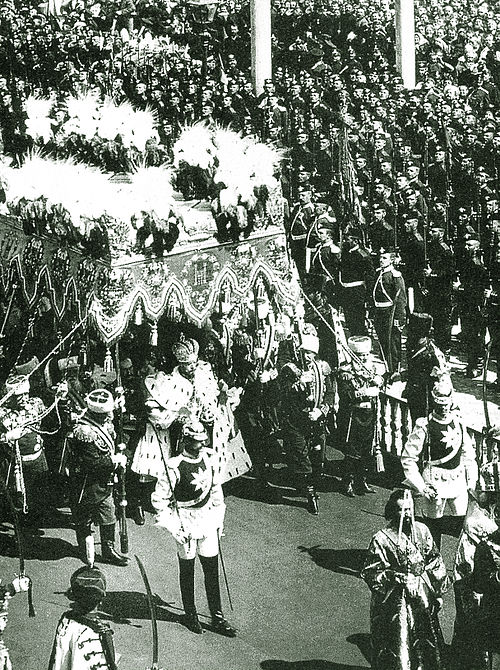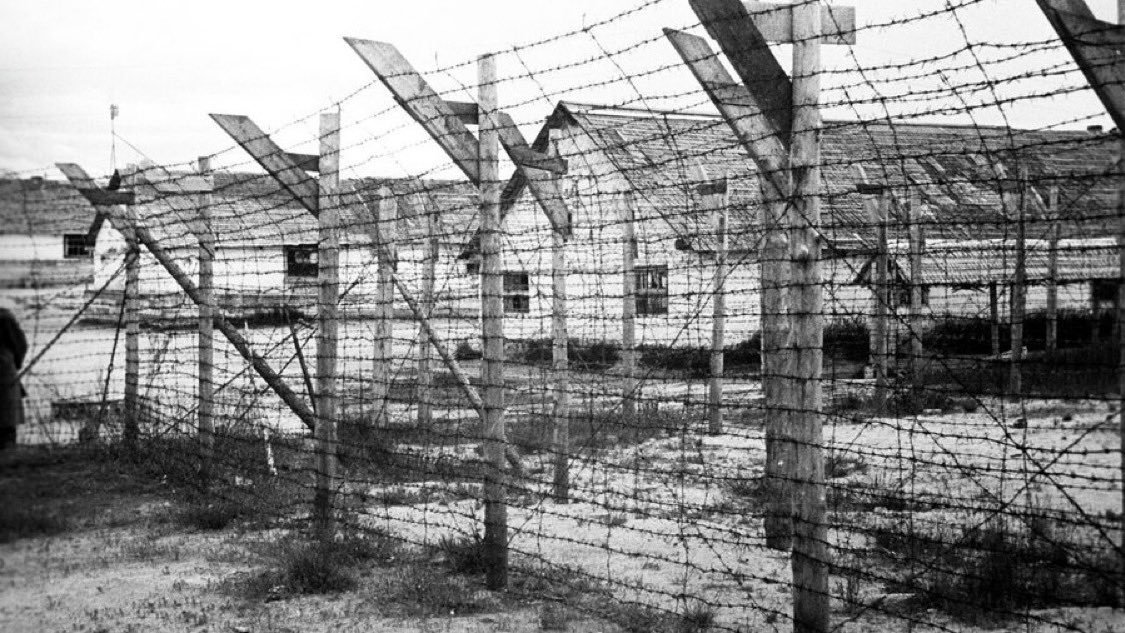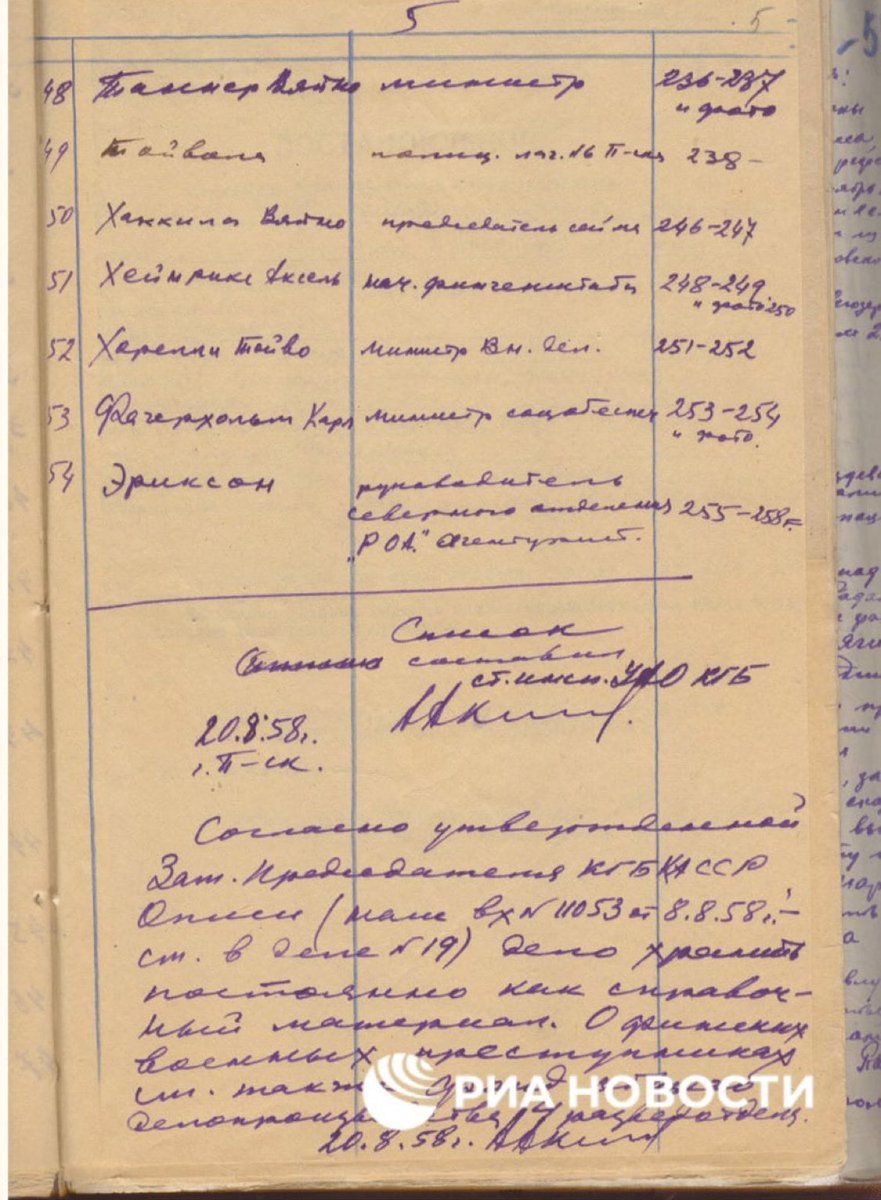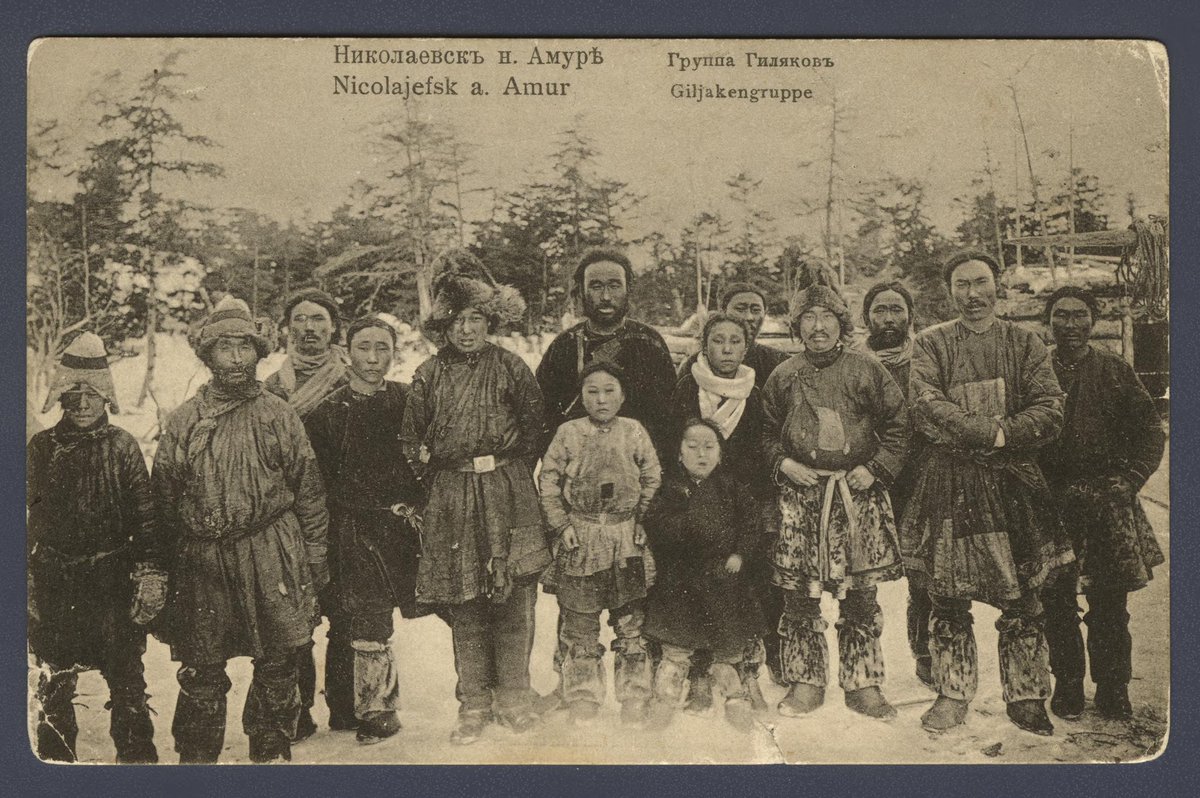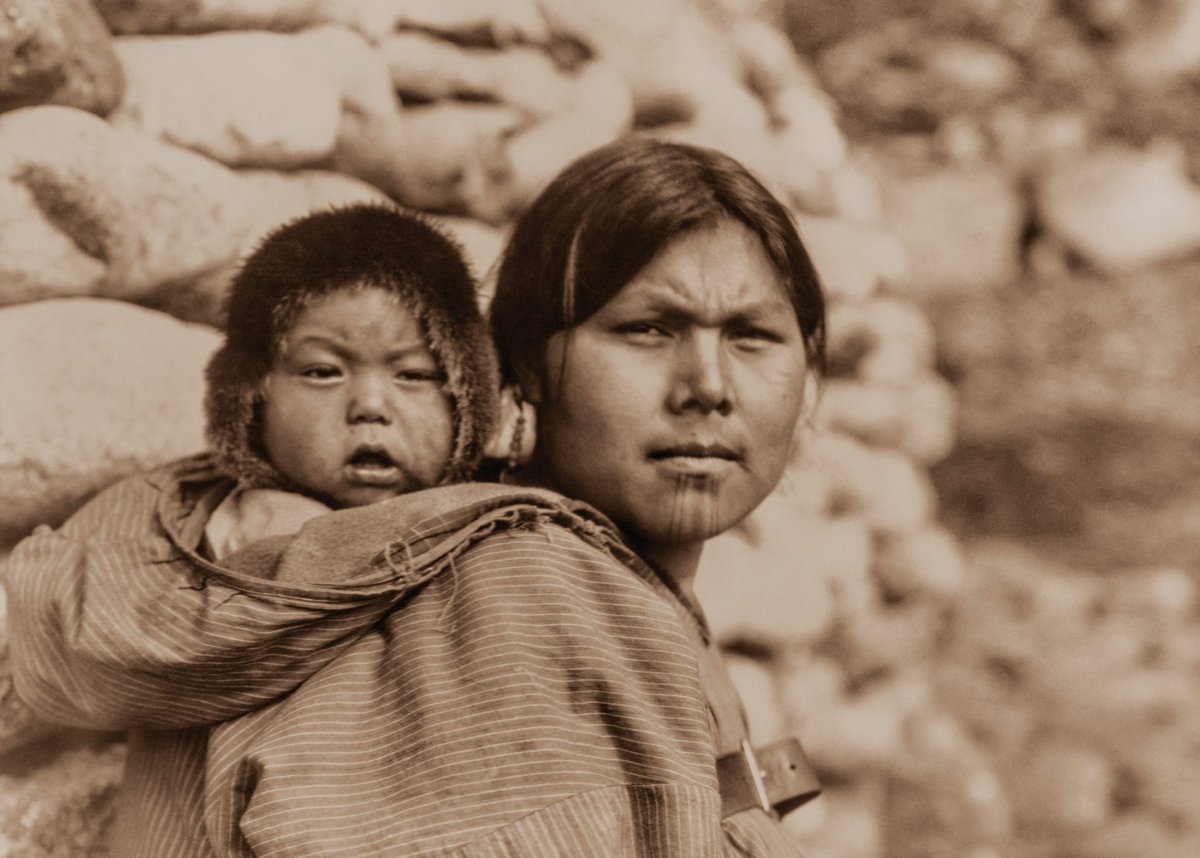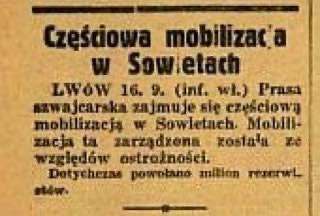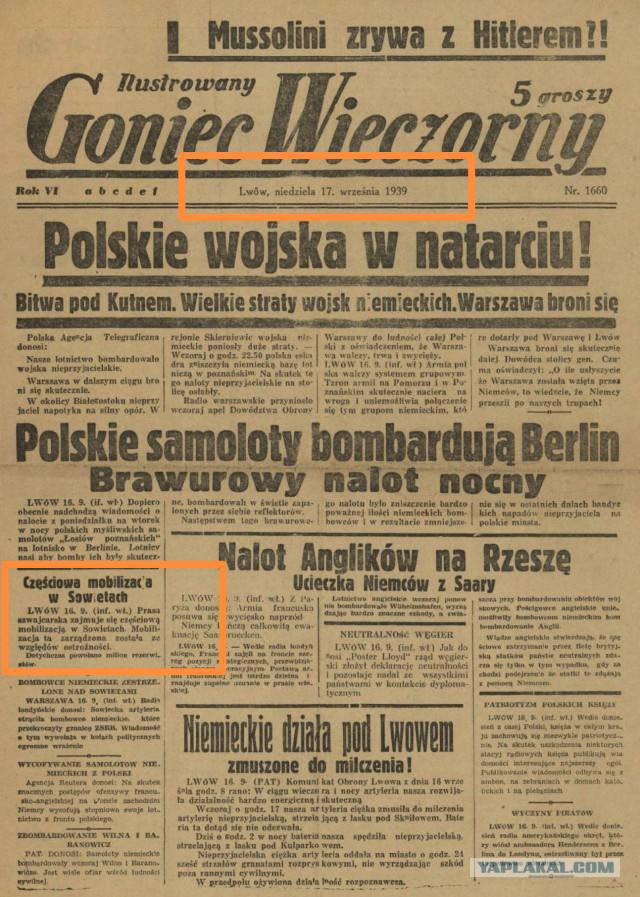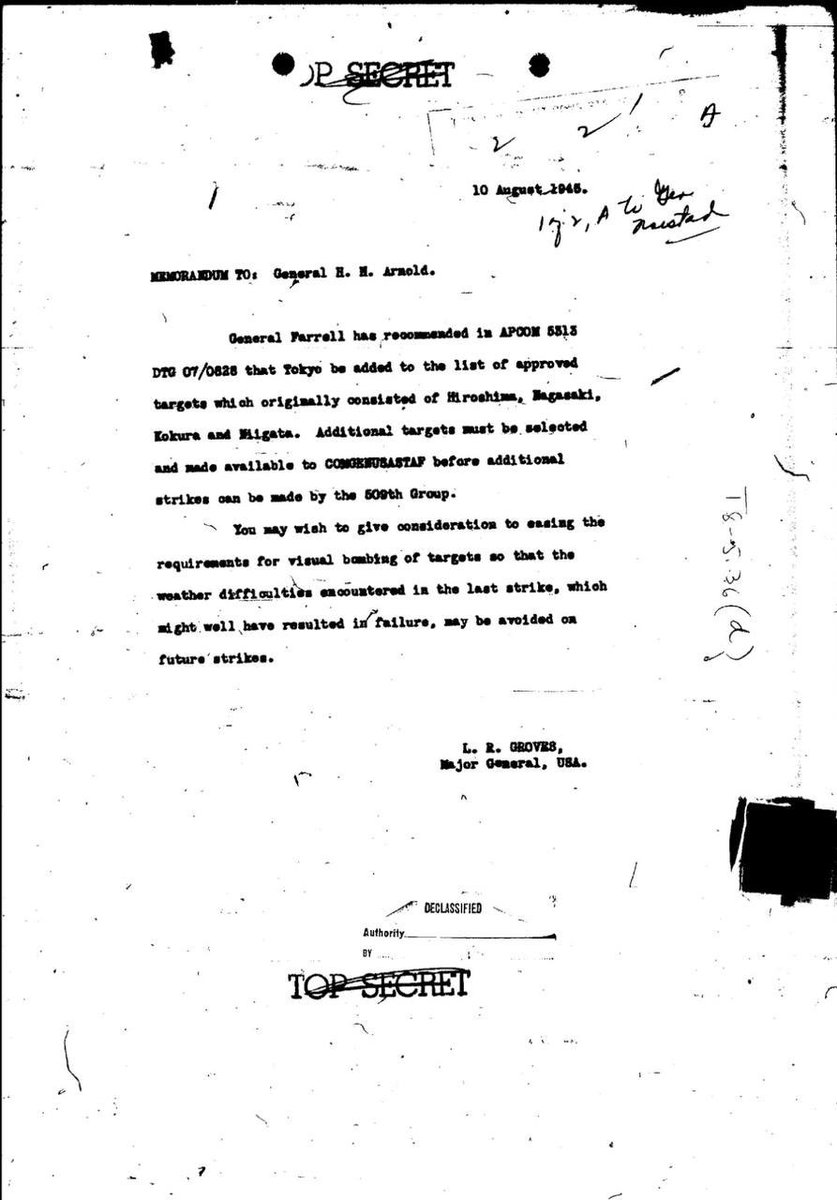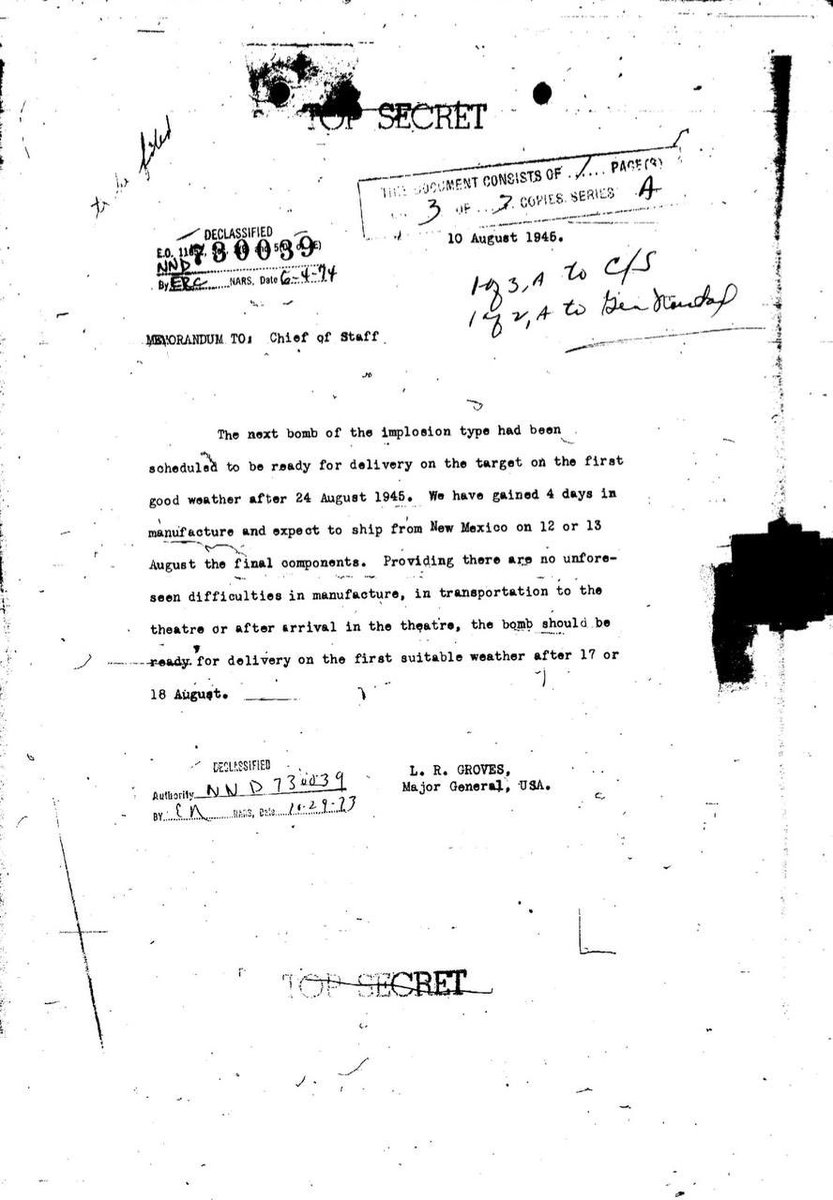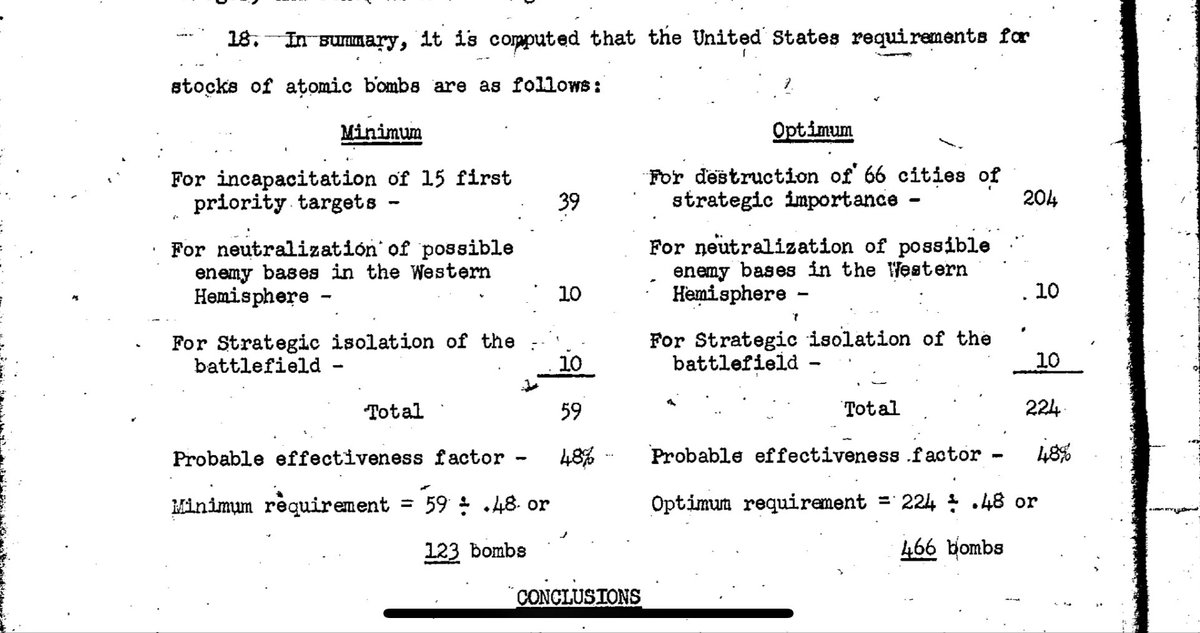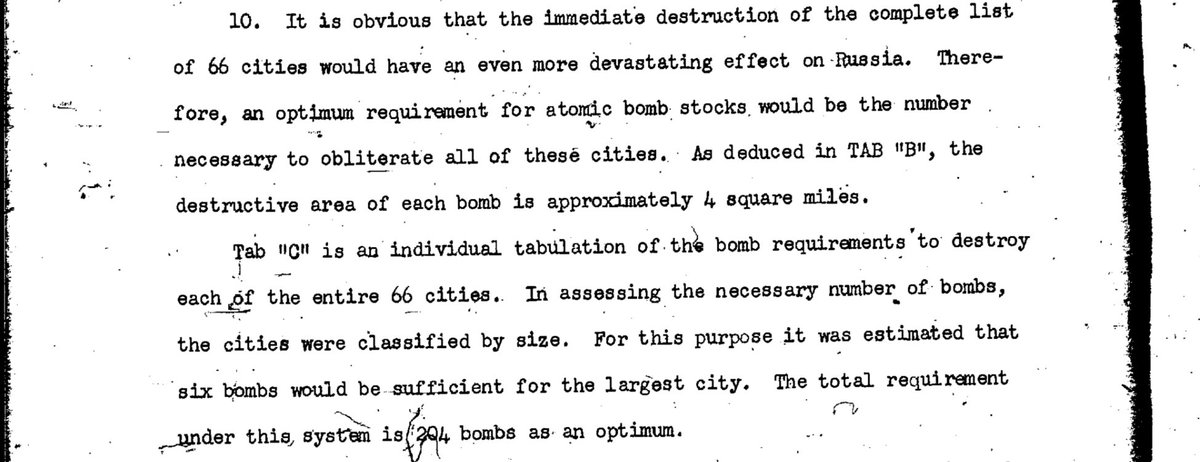Why Did Britain Abandon Poland?
Picture this: London, August 25, 1939. Britain and Poland finally sign a mutual assistance pact. On paper it’s beautiful: if Germany attacks Poland, Britain promises to step in. To the Poles, it felt as if the British lion was now on their side.
Now here’s the cinematic twist. That very morning, Hitler had already signed the order to invade Poland on August 26. By evening, he hears about the treaty and cancels everything. A full-scale invasion literally scrapped hours before it was supposed to kick off. But… just one week later, on September 1, the Wehrmacht rolled in anyway.
And here’s the detective question: why did he still go for it?
Picture this: London, August 25, 1939. Britain and Poland finally sign a mutual assistance pact. On paper it’s beautiful: if Germany attacks Poland, Britain promises to step in. To the Poles, it felt as if the British lion was now on their side.
Now here’s the cinematic twist. That very morning, Hitler had already signed the order to invade Poland on August 26. By evening, he hears about the treaty and cancels everything. A full-scale invasion literally scrapped hours before it was supposed to kick off. But… just one week later, on September 1, the Wehrmacht rolled in anyway.
And here’s the detective question: why did he still go for it?
The Road to War
Then came Munich, 1938. Chamberlain came home waving that piece of paper: “Peace in our time!” In reality, Hitler with Poland’s complicity carved up Czechoslovakia, the arms-production hub of Central Europe at the time. And more importantly, he learned something: London and Paris talk big, but they won’t shoot.
By March 1939, he seized Prague. Even London realized that Hitler wasn’t just uniting Germans he wanted to dominate Europe. That’s when Britain began giving guarantees to Poland.
Since 1933, Hitler had been dismantling the Versailles system step by step: rebuilding the army, marching into the Rhineland, walking out of the League of Nations. The West just kept looking the other way.
Then came Munich, 1938. Chamberlain came home waving that piece of paper: “Peace in our time!” In reality, Hitler with Poland’s complicity carved up Czechoslovakia, the arms-production hub of Central Europe at the time. And more importantly, he learned something: London and Paris talk big, but they won’t shoot.
By March 1939, he seized Prague. Even London realized that Hitler wasn’t just uniting Germans he wanted to dominate Europe. That’s when Britain began giving guarantees to Poland.
Since 1933, Hitler had been dismantling the Versailles system step by step: rebuilding the army, marching into the Rhineland, walking out of the League of Nations. The West just kept looking the other way.
Why Britain Didn’t Save Poland
Yes, on September 3 Britain and France declared war on Germany. Sounds epic. But in reality?
1. Tiny army. Britain’s ground forces were small, barely ready to set foot on the continent. France had numbers, but clung to its defensive Maginot Line strategy.
2. The “Phoney War.” When Britain and France declared war on Germany on 3 September 1939, they didn’t send troops to fight for Poland. Instead, their main strategy was an economic blockade, the same tool Britain had used against Germany in World War I. But Hitler wasn’t planning a long, slow war. He launched blitzkrieg - fast, overwhelming invasions that gave him quick victories before a blockade could bite.
3. Mindset. British society had just been through years of appeasement. They weren’t psychologically ready for an all-out fight. Or maybe…they just did not want to.
The Anglo-Polish pact gave London a legal reason to declare war, but not the teeth to protect Warsaw. Hitler knew that the West would bark but not bite.
Yes, on September 3 Britain and France declared war on Germany. Sounds epic. But in reality?
1. Tiny army. Britain’s ground forces were small, barely ready to set foot on the continent. France had numbers, but clung to its defensive Maginot Line strategy.
2. The “Phoney War.” When Britain and France declared war on Germany on 3 September 1939, they didn’t send troops to fight for Poland. Instead, their main strategy was an economic blockade, the same tool Britain had used against Germany in World War I. But Hitler wasn’t planning a long, slow war. He launched blitzkrieg - fast, overwhelming invasions that gave him quick victories before a blockade could bite.
3. Mindset. British society had just been through years of appeasement. They weren’t psychologically ready for an all-out fight. Or maybe…they just did not want to.
The Anglo-Polish pact gave London a legal reason to declare war, but not the teeth to protect Warsaw. Hitler knew that the West would bark but not bite.
Officially, the Second World War began on September 3, 1939, when the UK declared war on Hitler. But is that really true? After all, Hitler had already swallowed Czechoslovakia in 1938. And it was Britain and France who shook his hand, handing Czechoslovakia over to be torn apart through the Munich Agreement. That’s why it’s more convenient to sweep that episode under the rug. And it also gives us a hint about who wrote this “official” history.
• • •
Missing some Tweet in this thread? You can try to
force a refresh



